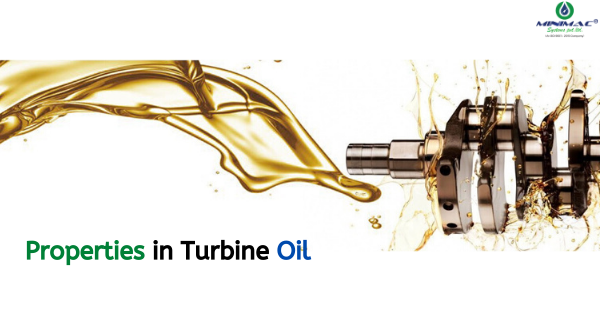Standards related to Turbine Oil.

A) BSI (British Standards) – BSI BS 489:1999 – Specification For Turbine Lubricants. B) DIN (German Institute for Standardization DIN 51515-1, 51515-2 – This document specifies minimum requirements for oils for high thermal stress (high-temperature service) in turbines. C) ABB (ABB Group) ABB G12106 - Ultra-clean turbine oil, Long-life, Rust & Oxidation-inhibited circulating oil. D) ASTM International – ASTM D4304 – Define the properties of the mineral and synthetic oil-based turbine lubricating oils that are functionally interchangeable with existing oils of this type, are compatible with most existing machinery components, and with appropriate field maintenance, will maintain their functionality. E) GE (General Electric) GE: GEK-32568 – Lubricating Oil Recommendations for Gas Turbines With Bearing Ambients above 500°F (260°C) Also read: https://www.linkedin.com/pulse/mandatory-properties-steam-gas-turbine-...





